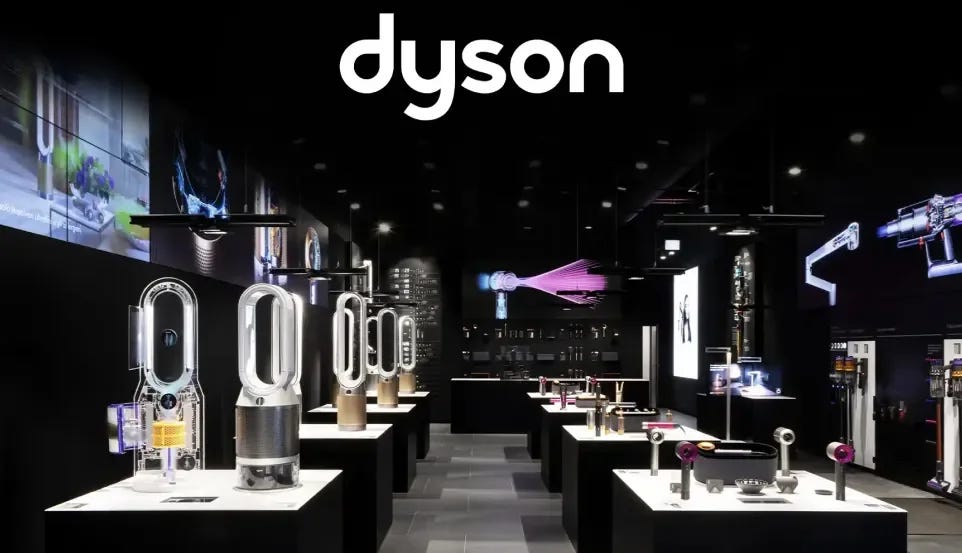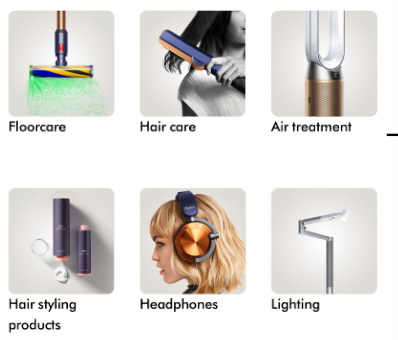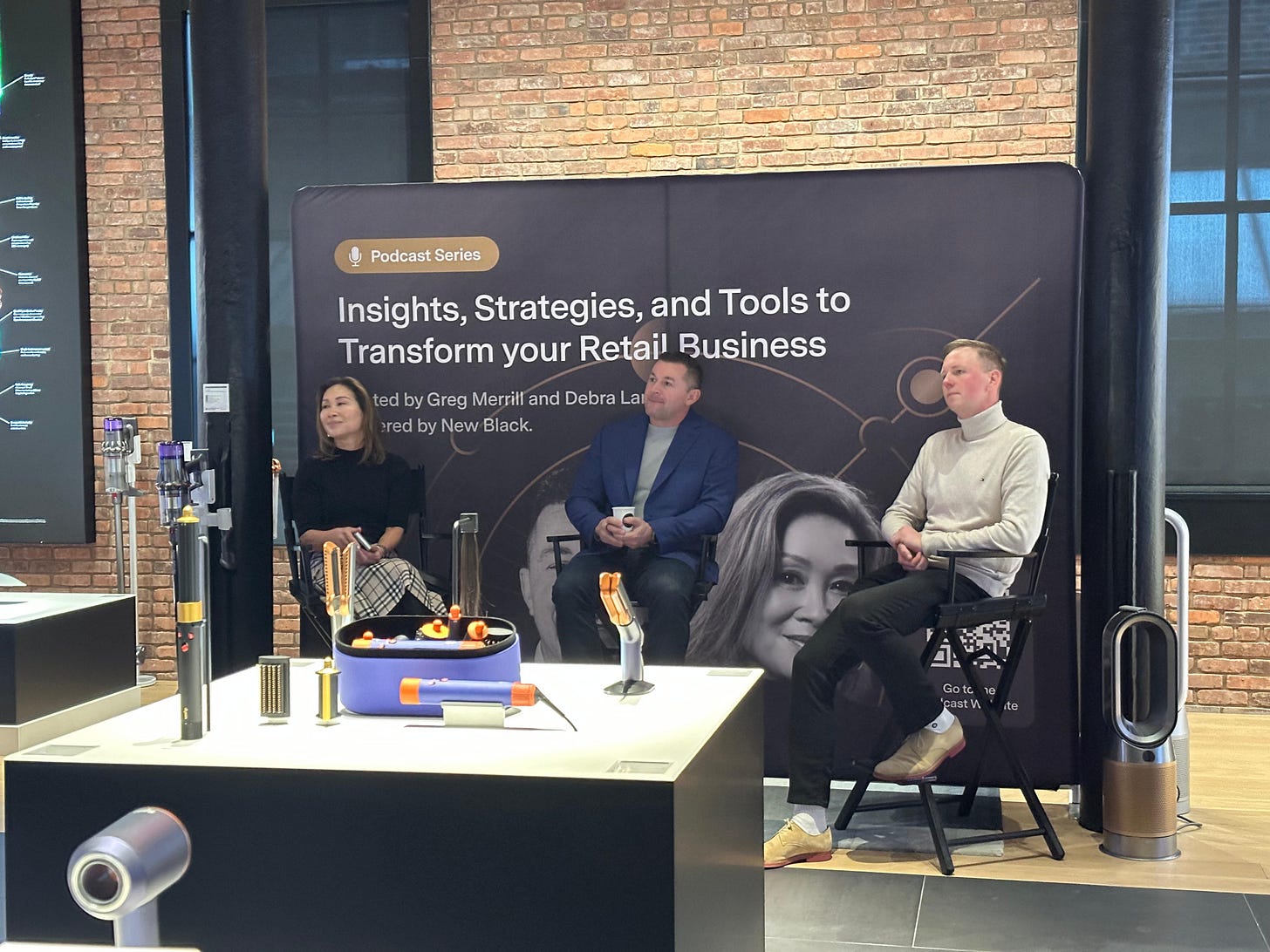How Dyson Improved Their Customer Experience
Dyson is a beloved brand known for its innovative, incredibly designed devices. However, its store customer experience didn't match the excellence of its products,so the company decided to change it.
"A customer leaving your store should feel excitement about the technology they just interacted with, not frustration about the checkout process."
You have probably heard about Dyson, especially if you have a teenage daughter. Its products became a sensation on social media. Videos with millions of views on TikTok teach how to use each device, but the most successful ones are for hair styling.
However, the first product launched by the brand was a vacuum cleaner after James Dyson got fed up with having to change the bag inside the traditional ones once it got full. It took him five years to perfect the design, building more than 5,000 prototypes in his backyard shed and in 1993 it was launched the C01 vacuum in 1993.
Today, Dyson offers several different products, including hair care, headphones, lighting, air treatment, and floor care. All of their products are incredible, and I wish I had all of them, but they are priced at a price point that requires some time for consideration.
That’s why every step of the consumer journey has its relevance, from social channels for discovery and tutorials, stores where customers can touch, try, and feel each product, and website to explore all the assortment.
While I was in New York for another NRF Big Show this January, I spent some time at Dyson’s Soho store for breakfast with other commerce leaders to learn from Stuart Frelick, Dyson’s Global Head of Product.
He told us how he identified the need to update their IT architecture, which had remained the same since their first store opened in 2015, and the process of getting buy-in from the leadership for a transformation.
We started in-store retail in 2015, and by 2023, we were still using the same processes and technology. The world had changed, and we had to catch up fast.
Getting buy-in is the hardest part for many of the leaders I talk to, so I invited him to OFFBounds to discuss it. Here is what he told us:
1️⃣ Show, Don’t Tell
Instead of just presenting a business case, Stuart directly addressed the CEO with the reality of Dyson’s outdated retail systems. By walking leadership through the actual customer and store team experience, he made the problem impossible to ignore.
2️⃣ Create a Sense of Urgency
He framed the transformation as not just an upgrade, but a necessity for Dyson to remain competitive. By highlighting the widening gap between customer expectations and existing systems, he made it clear that inaction would lead to lost opportunities.
3️⃣ Tailor the Message for Different Stakeholders
Stuart adjusted his messaging depending on who he was speaking to:
For C-suite executives: He focused on financial impact, efficiency gains, and long-term ROI.
For store teams and end users: He emphasized usability, daily pain points, and how the new system would improve their workflows.
4️⃣ Set a Clear, Achievable Plan
Once he secured initial buy-in, Stuart proposed an ambitious but structured roadmap, outlining how the transformation could happen in phases. He didn’t just ask for approval—he gave leadership a clear vision of execution.
“Not making a decision is the worst thing you can do. Even if it’s the wrong one, you can adapt—but staying stagnant is a guaranteed loss.”
5️⃣ Align the Transformation with Dyson’s Brand Identity
By framing the change as a way to uphold Dyson’s commitment to innovation, customer experience, and design excellence, he ensured leadership saw the transformation as a strategic move, not just an IT upgrade.
We also talked about how the community of Dyson’s customers interact on social channels.
Dyson’s community is a powerhouse of organic engagement, with customers creating unboxing videos, product reviews, and real-world use cases—often without any direct involvement from the brand. On platforms like TikTok and Instagram, influencers and everyday consumers educate each other, sharing styling tips, maintenance hacks, and debating Dyson’s effectiveness against competitors.
Rather than relying on heavy-handed marketing, Dyson actively listens to conversations, using customer feedback to refine and enhance its products. Their social team plays a key role in fostering this engagement, reposting user-generated content, responding to feedback, and strengthening the connection between Dyson and its passionate global community.
Dyson’s social-first approach fuels organic word-of-mouth marketing, making their community an extension of their brand. Their success on platforms like TikTok and Instagram proves that when customers love a product, they become its biggest advocates—creating buzz, educating new buyers, and ultimately driving sales and Stuart has a vision to engage more with this communities in 2025 and even developing a loyalty program initiative.
Don’t miss the full episode and make sure you like, comment and subscribe so you don’t miss the next one 😉





